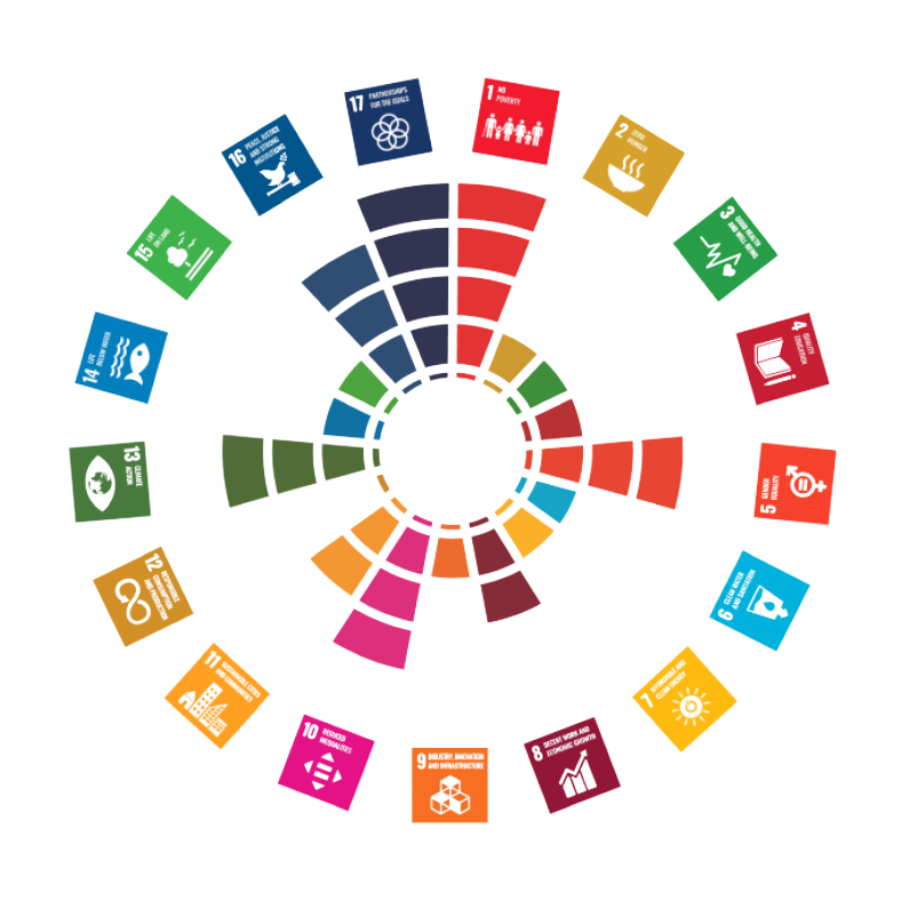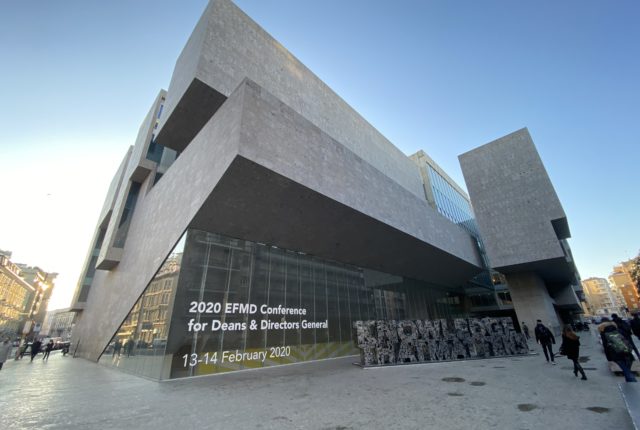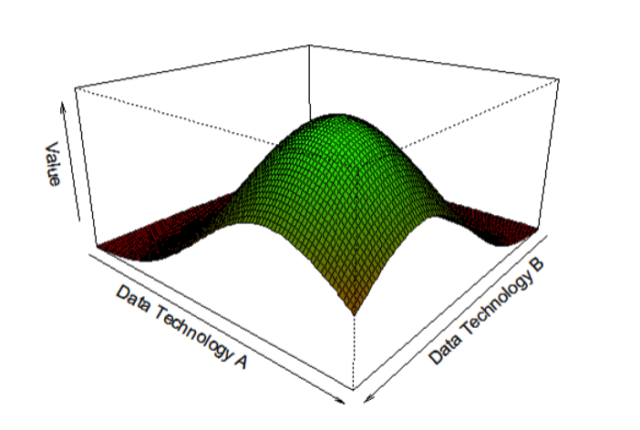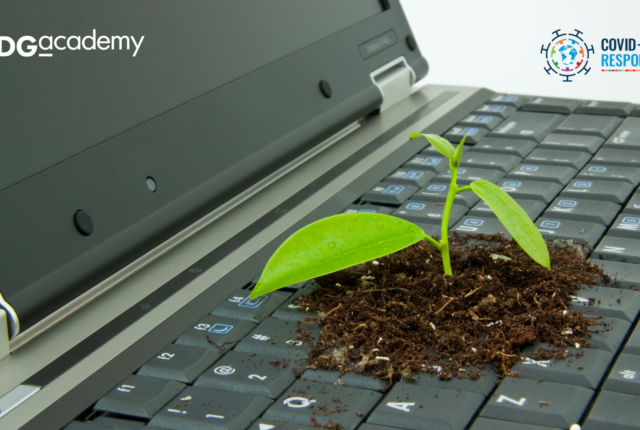By Giselle Weybrecht
While the business sector’s role in our ability to reach the Sustainable Development Goals by 2030 is widely acknowledged, the business schools that influence these businesses are often missing from the discussions. There is a growing interest in the SDGs in business schools, but many schools are trapped in a business-as-usual mentality, challenged to find a balance between the need to significantly update the way that they operate and to continue with the still generally accepted status quo.
But while business schools were slow off the mark, many are now committing to their responsibilities in relation to the SDGs. For a growing number of schools, this commitment starts with a mapping exercise to determine what the school is already doing in relation to the SDGs. An SDG mapping can be used to establish a baseline to track progress over time and to explore what changes need to be made moving forwards. It can also be used to identify existing good practices and raise awareness across an institution.
What are schools mapping?
Most of the time mappings are coordinated by the individuals or teams responsible for sustainability with few exceptions. At the University of Gothenburg this was led by the Deputy Dean while at Winchester Business School and Cass Business School students were engaged in this process.
The most common audits were to determine the extent to which the SDGs are already embedded in the curriculum. Most schools categorized courses as either including reference to the SDGs or not and presented statistics based on the number that did (e.g., 60% of courses). Only a few schools took a deeper dive to get a better understanding of how the SDGs are being introduced. Stockholm School of Economics looked at the fraction of contact hours relevant to the SDGs (e.g., between 25% and 100% per session). Porto Business School looked at whether they are addressed in a direct or indirect way, while Slippery Rock looked at whether they were included as a text chapter or part of a graded assignment.
Some schools conducted mappings of their research papers and/or centres, usually by grouping research by SDG based on relevant keywords. This is done to better understand how their work aligns with the Goals and to provide insights on the extent to which capabilities of research staff coincide with the SDGs. The University of Gothenburg categorized research as having either a strong, substantial, or limited position within a department. Other areas that schools mapped included social projects (FDC), partnerships (Universidad EAN) and student clubs (FEA).
How are these conducted?
Most audits are conducted using a keyword search. This involves identifying certain keywords and then going through the school’s portfolio to find those words (e.g., the word poverty for SDG 1). A few schools found that the keywords in the goals themselves were not sufficient and expanded their keyword search to include all 169 targets. Generally, course names and outlines were included, some screened lecture slides and course materials and a few included student learning outcomes.
Surveys (online or via email) were sometimes used instead or in addition to the keyword search. These allowed faculty to self-evaluate their work’s relevance to the SDGs. In some cases, these surveys were supplemented with in person interviews. Sobey School of Business did one on one interviews while the University of Stellenbosch Business School did this in groups.
What to keep in mind
While SDG mappings are becoming increasingly common, there are a few things schools should keep in mind when undertaking these in order to make them as useful as possible.
First, be careful about using keywords as the basis of your mapping. Many schools report high levels of SDG content after their first mapping exercise. In fact, it wasn’t uncommon to see numbers as high as 80-100%. However, depending on how you look at it, everything that a business school does relates to the SDGs in some way and therefore these keywords should come up often. They often come up in an indirect manner (e.g., macroeconomics addresses inequalities). Simply listing courses by SDG doesn’t mean that you are making the connection to the SDGs or clarify how it is being presented or the impact being made. How will the data you to better understand where you stand?
Second, it really depends on who and how you ask. Mapping often involves asking individuals to self-report. Not only are sample sizes low but it is unclear what level of knowledge the individuals have of the goals themselves. Some schools only ask teaching staff or only focus on sustainability related courses or centres. Executive education is also rarely mentioned. How are the SDGs included in the core of what you do?
Finally, what happens next is too often missing. Most mappings result in lists of courses or research by SDG or statistics to highlight in promotional material but fail to explore what is needed next. Little mention is given to the percentage of courses that made no reference to the SDGs or about whether subsequent mappings will regularly track progress to change this. How will this data help you move forwards?
What’s next?
Conducting a complete mapping exercise can be a resource intensive exercise and it isn’t always possible to get it right from the start. Many times, the power of the mapping isn’t even in the results but, at least initially, in its ability to raise awareness about the SDGs across the school community and highlight best practices. Regardless of how you plan your mapping, take the time to think through what you want to accomplish through this mapping. Don’t approach it as a one-off event but as a first step in fully engaging in the SDGs.

Giselle Weybrecht is the author of The Sustainable MBA and The Future MBA and was a Special Advisor to the UN backed Principles for Responsible Management for a decade. Her work focuses on how to mainstream sustainability into higher education with a particular focus on business education. She provides tools and inspiration on mainstreaming sustainability into HEIs on her blog, list.giselleweybrecht.com and website www.giselleweybrecht.com.



